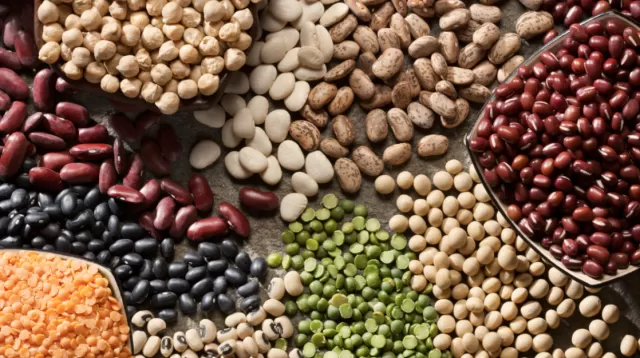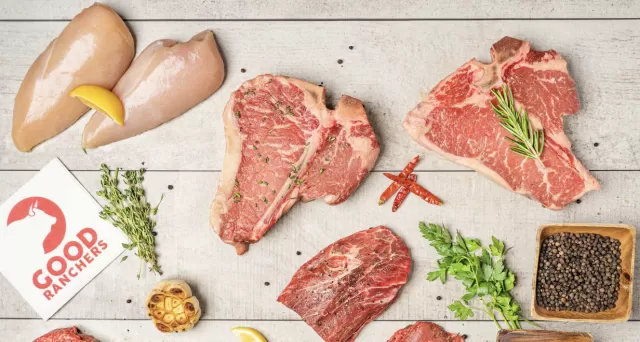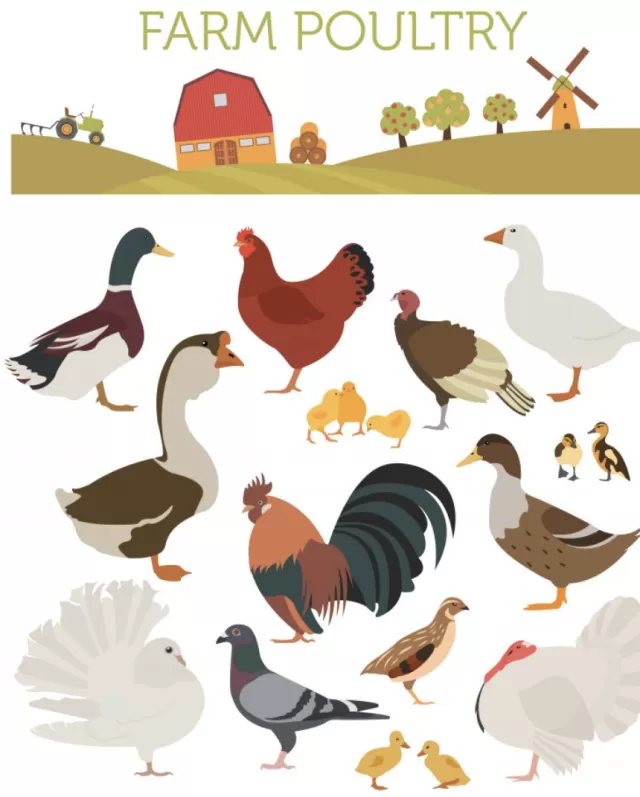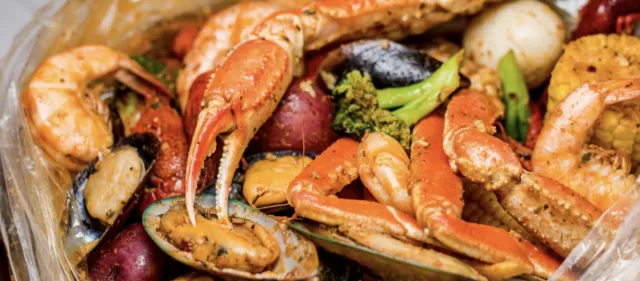What You Need Environmental Impact of Protein Choices. As we celebrate Earth Month, it’s important to pay attention to how our lifestyle choices impact the planet.
One area where we can make a significant impact is through the protein we choose to eat. Making environmentally-friendly decisions can start in our own kitchens. This article provides insights into the environmental impact of some of the most common whole-food protein choices, helping you make more informed decisions while shopping for groceries Need environmental Impact of Protein Choices.
The Environmental Impact of Protein Choices in Food

The food we eat has a significant impact on the environment, with every ingredient contributing to the carbon footprint.
Globally, the food system accounts for nearly one-third of all greenhouse gas emissions and 70 percent of water usage, according to the United Nations. Animal agriculture, in particular, is responsible for at least 14.
5 percent of global greenhouse gas emissions, with cows and other livestock producing methane, a potent greenhouse gas.
On the other hand, plants are capable of pulling carbon dioxide from the atmosphere through photosynthesis, making plant-based protein options a more sustainable choice.
In fact, plant-based foods have been found to have 10 to 50 times fewer emissions compared to animal-based products.
Here is a breakdown of the environmental impact of some of the most common protein choices:.
Red Meat

Red meat, which includes beef and lamb, has a significant carbon footprint due to the emissions associated with livestock production.
Conventionally-raised beef emits 99. 48 kilograms of CO2 per kilogram of product, while lamb emits 39.72. To put this in perspective, bananas emit 0.86 kg CO2/kg, and a medium-sized car emits 0. 19 kg CO2 per kilometer of travel.
However, regenerative agriculture or grazing can potentially sequester carbon from the atmosphere. This kind of system involves cows feeding on grass and continually moving between pastures to prevent overgrazing and need environmental
Grazing stimulates grass production, while cow manure acts as a natural fertilizer, encouraging more grass growth and photosynthesis, which captures CO2 and stores it in the soil.
Although cows raised in this way typically emit more methane and take longer to reach harvesting weight than those fed corn and soy-rich grain in conventional systems, regeneratively-raised red meat has a lower environmental impact than conventional meat.
Grocery stores are now carrying regeneratively-raised meat products, so consumers can choose these products if they prefer red meat.
Poultry

Such as turkey and chicken, has a much lower carbon footprint compared to conventionally-raised red meat, with 9.
87 kg CO2/kg emitted during production. This makes it a better environmental option for those who eat animal-based products.
Moreover, regeneratively-raised poultry can have an even lower environmental impact. You Need Environmental
Seafood

The environmental impact of seafood is complex due to the various types of seafood and methods of harvesting.
According to Our World in Data, farmed shrimp has an environmental impact of 26. 87 kg CO2/kg, while farmed fish emits 13.
63 kg CO2/kg. When it comes to wild-caught fish, emissions can be up to six times less than that of conventionally-raised beef.
However, the over-exploitation and exhaustion of around 90% of global fish stocks is a concerning issue. To ensure eco-responsible seafood consumption, it’s crucial to research the method of catch – What You Need Environmental Impact of Protein Choices
Large wall netting is often used to catch fish like tuna or salmon, which results in catching unintended marine species and damaging the ecosystem. Therefore, while shopping for larger fish, look for labels such as pole-and-line-caught, pole-caught, troll-caught, FAD-free, school-caught, and free school, indicating that the fish was caught with minimal impact on the surrounding marine environment.
*The information is for reference only.